Thinking about the Evolution of Marvel Comics’ Star-Lord
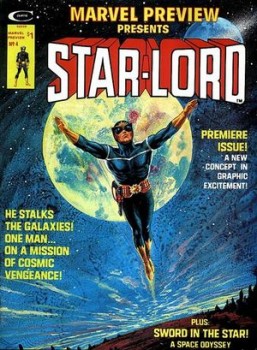
I’ve been doing a bit of thinking lately about puzzling characters in comics and how they change over time. In the last couple of weeks, I decided to reread they comics I’ve got around with the Marvel Universe’ Peter Quill, also known as the Star-Lord.
Now, for those who’ve been living in a hole for the last decade, or for those who only know Peter Quill from the Guardians of the Galaxy movie, Peter Quill made his first appearance in 1976 in Marvel Preview #4 (a black and white magazine), under the creators Steve Englehart and Steve Gan, who envisioned him as an unpleasant, introverted jerk who would go on to grow into a cosmic hero.
I love that arc, and wonder how much it was kicking around then. Around the same time, Jim Starlin wanted to do something similar with Captain Marvel, but Marvel didn’t give him the character, so he did it with Adam Warlock (see my thoughts on that in my series on Adam Warlock I, II, III).
Star-Lord didn’t reappear until Marvel Preview #11, this time under Chris Claremont, John Byrne and Terry Austin (the team that would later moved over to Uncanny X-Men from #108 to #143, famously creating the Hellfire Club, the Phoenix Saga, and the Days of Future Past).
Under Claremont, he wasn’t the introverted jerk, but a straight-faced loner, traveling the space-ways. I haven’t read the Heinlein juveniles, but it sounds like Claremont was aiming for that kind of bland square-jawed adventurer, and that persona stuck in Star-Lord’s appearances through the 70s and 80s.
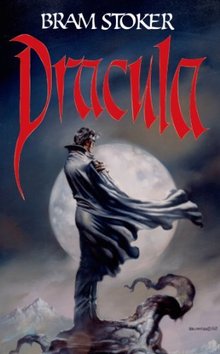 I don’t think there’s anyone in the Fantasy and SF community that isn’t familiar with this concept (I first came across it in a Heinlein novel) but just in case: There’s a point at which all the necessary components to allow for an invention to flourish are in existence, and at that point – and not before – the invention takes off.
I don’t think there’s anyone in the Fantasy and SF community that isn’t familiar with this concept (I first came across it in a Heinlein novel) but just in case: There’s a point at which all the necessary components to allow for an invention to flourish are in existence, and at that point – and not before – the invention takes off.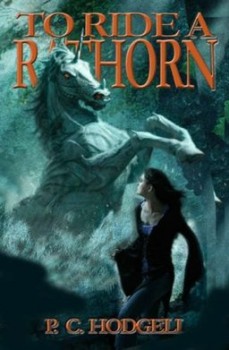
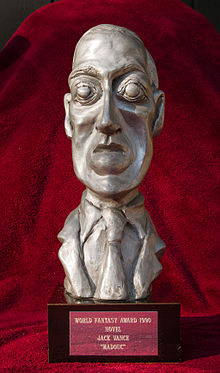
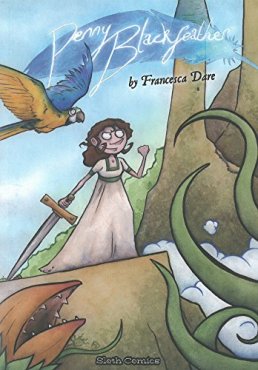
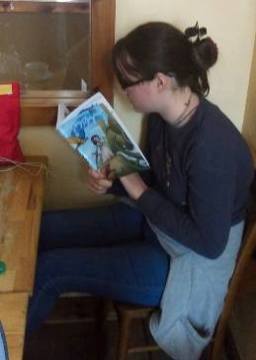
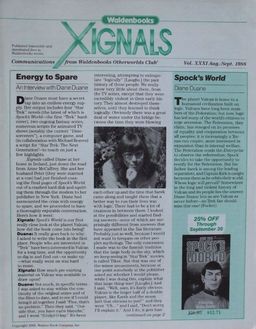
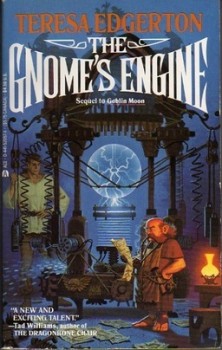
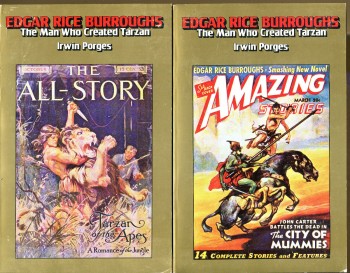

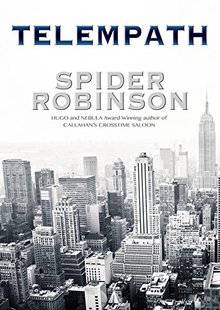 I’m a long-time fan of Spider Robinson’s work, and I’ve written about his Callahan’s Bar Stories and novels
I’m a long-time fan of Spider Robinson’s work, and I’ve written about his Callahan’s Bar Stories and novels